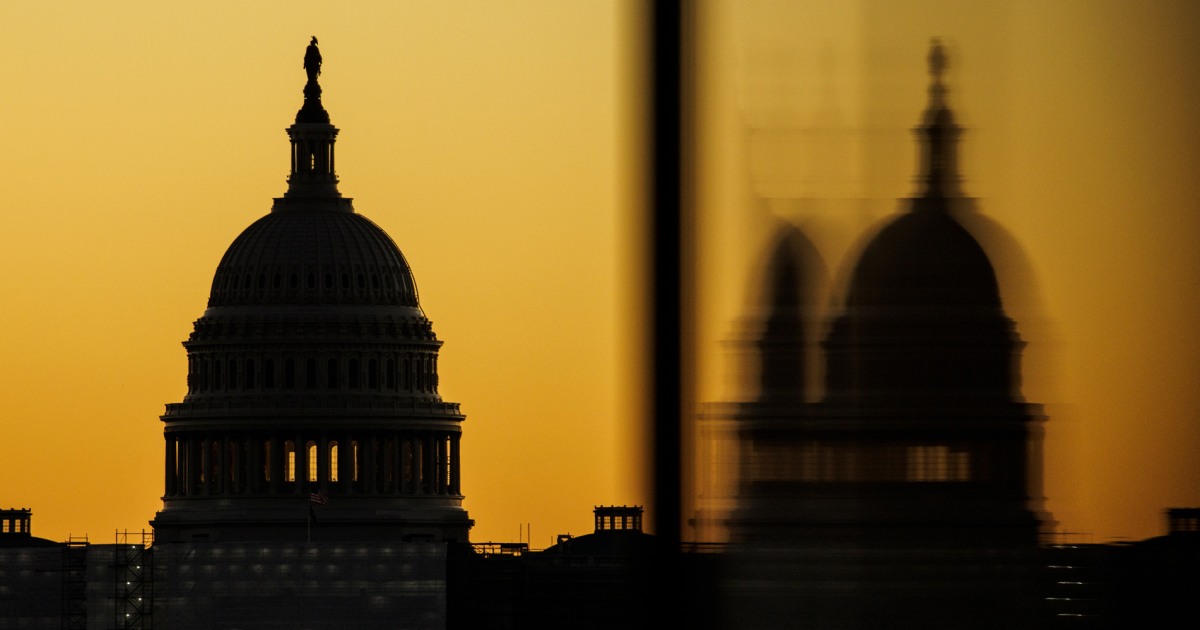
The Trump administration has already launched sweeping attacks on the federal government itself, from hiring freezes at various agencies to shutting down the Justice Department’s civil rights division. These moves are not simply about abstract opposition to government; fully explaining them requires acknowledging U.S. history. From the military to the United States Postal Service to sundry federal agencies, the federal government’s personnel policies — though nowhere near perfect — have helped expand and sustain a Black middle class.
The federal government’s personnel policies — though nowhere near perfect — have helped expand and sustain a Black middle class.
The most well-known example of this shows up at your home every day: the U.S. Postal Service. The Post Office Department, as it used to be called, was once the single largest employer of Black people in the United States. In 2022, according to the Government Accountability Office, “about 53 percent of [the Postal Service’s] total workforce consisted of individuals from historically disadvantaged racial or ethnic groups, and women made up about 46 percent of the workforce.”
And it’s not just the post office. As the Center for American Progress pointed out in a 2020 report, “the federal government has hired Black Americans at higher rates than the private sector going back a century or more.”
Not coincidentally, generations of conservatives — from George Wallace to Donald Trump — have plotted to rein in the federal government. Let’s be clear, then, why the federal government has bothered conservatives so much and for so long. And let’s be clear about the impacts reducing the federal workforce — either via the so-called “Department of Government Efficiency” or by unleashing anti-DEI “patter rollers” — would have.
Trump tying the hands of federal workers, essentially criminalizing the work they’ve been doing, or planning to lay them off will have disastrous consequences for Americans throughout the country. Millions outside the government will soon learn in the worst ways how much they’ve relied on the work federal employees do every day.
But the devastation for the workers themselves cannot be forgotten. And we can expect extra hardship for Black communities. The federal workforce, though far from majority Black, is disproportionately Black. Thus, any policy aimed at firing federal workers en masse — even if it is not explicitly tied to Trump’s despicable anti-DEI obsession — would still disproportionately hurt Black people.
This is not a bug in Trump’s program. It is a feature.
This is not a bug in Trump’s program. It is a feature.
Explaining why Black people have been drawn to federal jobs, Marcus Board, a Howard University political science professor, told Washington’s NBC affiliate, “They have worker protections, federal worker protections, that are guaranteed by the federal government, and so it’s one of the few places where they can be sure that they’re going to be supported, protected and taken care of.”
When a reporter said many people in and around Washington interpret attacks on the federal government as an attack on Black Americans, specifically the Black middle class, Board said, “I think that’s an accurate read.”
Indeed. There’s no greater predictor of a white backlash than Black success.
But conservative animosity isn’t solely about who federal workers are; it’s also about the changes the federal government has forced conservative parts of the country to adopt.
After the Civil War, the federal government imposed Reconstruction and — however briefly — protected newly freed Black people from the planter class that sought to essentially re-enslave them. Federal marshals held Ruby Bridges’ hand as she walked through a gantlet of angry white people to William Frantz Elementary School in New Orleans and sent troops to escort the Little Rock Nine into that city’s Central High School. Federal officials and judges stopped numerous racist schemes that jurisdictions, particularly in the South, employed to suppress the Black vote.
To accuse the federal government of overreach, then, is to oppose the progress the feds have helped usher in.
To accuse the federal government of overreach is to oppose the progress the feds have helped usher in.
In 1980, then-presidential candidate Ronald Reagan told an audience at Mississippi’s Neshoba County Fair, “I believe that there are programs like that, programs like education and others, that should be turned back to the states and the local communities with the tax sources to fund them, and let the people—.” According to the newspaper that reported his speech, the applause drowned out the rest of Reagan’s sentence.
“Programs like education,” Reagan said — in a state where what minimal integration there was had only existed for about 10 years. “I believe in states’ rights,” he said.
The conservative project of getting rid of the Department of Education wasn’t yet a year old when Reagan gave that stump speech. The time of its founding is directly related to the department’s role in the enforcement of civil rights — and the broader animosity on the right at the very idea of public education after the Supreme Court prohibited racial segregation in public schools.
Trump promised during the 2024 campaign to get rid of the department altogether. It’s a goal of the Heritage Foundation’s Project 2025 (which Trump swore he had nothing to do with). The Heritage Foundation itself was co-founded by a conservative activist upset that the federal government told Bob Jones University it couldn’t maintain its nonprofit status and refuse admission to Black students. The religious right would soon make fighting abortion its main cause, the evangelical writer and activist Lisa Sharon Harper has argued, but its raison d’être was defending segregation.
It’s impossible to separate conservative animosity toward the federal government from conservatives’ history of opposing integration and Black progress. And Trump attacking the federal workforce as he rolls back civil rights edicts and DEI initiatives means we don’t have to pretend they’re unrelated.



